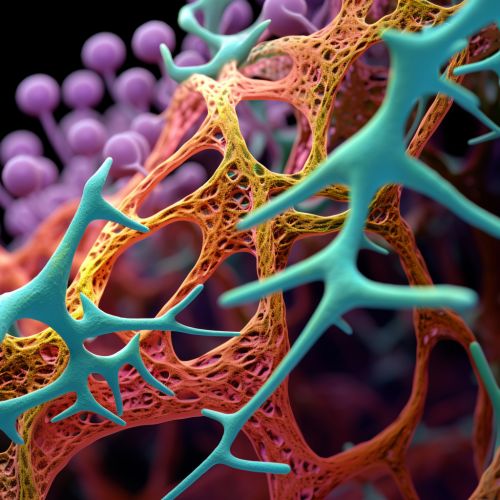The Biological Mechanisms of Plant Cellular Communication
Introduction
Plant cellular communication is a complex process that involves a variety of biological mechanisms. These mechanisms allow plants to interact with their environment, respond to stimuli, and coordinate their growth and development. The study of these processes is a key area of research in plant biology and cell biology, contributing to our understanding of plant life and potentially informing agricultural practices and environmental management.


Cellular Communication in Plants
Plant cells communicate with each other through a variety of mechanisms. These include direct cell-to-cell communication through plasmodesmata, signaling molecules such as phytohormones, and electrical signals.
Plasmodesmata
Plasmodesmata are small channels that connect adjacent plant cells, allowing for direct communication and transport of substances between cells. These channels are lined with a plasma membrane and filled with a thin strand of cytoplasm known as the desmotubule. Plasmodesmata allow for the exchange of small molecules and ions, as well as larger molecules such as proteins and RNA.


Phytohormones
Phytohormones, or plant hormones, are another key mechanism of plant cellular communication. These chemicals are produced in one part of the plant and transported to other areas, where they influence cell function and development. There are several types of phytohormones, including auxins, cytokinins, gibberellins, abscisic acid, and ethylene, each with specific roles in plant growth and development.


Electrical Signals
Plant cells also communicate through electrical signals, a process known as bioelectricity. These signals can be triggered by environmental stimuli such as light, temperature, and mechanical stress, and are thought to play a role in processes such as growth, development, and wound healing.


Mechanisms of Signal Perception and Transduction
For a plant cell to respond to a signal, it must first perceive the signal and then transduce, or convert, the signal into a cellular response. This process involves a series of steps, including signal perception, signal transduction, and cellular response.
Signal Perception
Signal perception occurs when a signaling molecule binds to a receptor on the surface of a plant cell. This binding event triggers a change in the receptor, initiating the process of signal transduction.
Signal Transduction
Signal transduction is the process by which the signal is relayed from the receptor to the appropriate cellular machinery. This process often involves a series of biochemical reactions, known as a signal transduction pathway, which amplify the signal and ensure a coordinated cellular response.
Cellular Response
The final step in plant cellular communication is the cellular response. This is the change in cellular activity that results from the signal transduction process. Depending on the nature of the signal and the type of cell, this response may involve changes in gene expression, cell division, or cell differentiation.


Conclusion
Plant cellular communication is a complex and fascinating area of study, with implications for our understanding of plant biology, agriculture, and environmental science. Through a combination of direct cell-to-cell communication, chemical signaling, and electrical signaling, plants are able to perceive and respond to their environment in a coordinated and adaptive manner.
